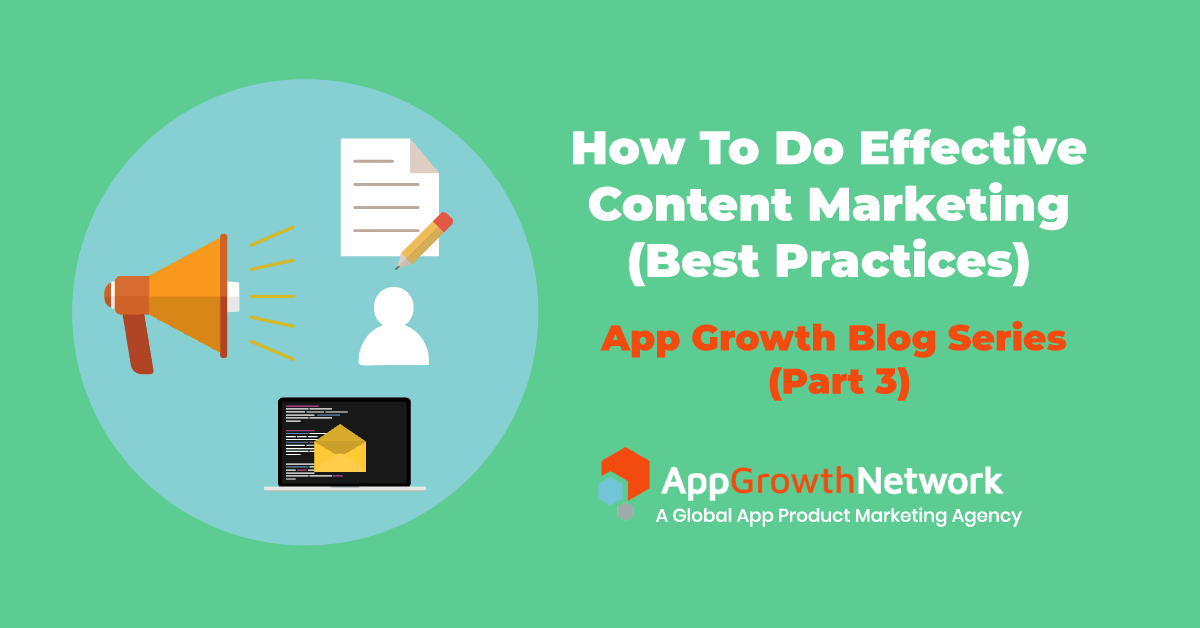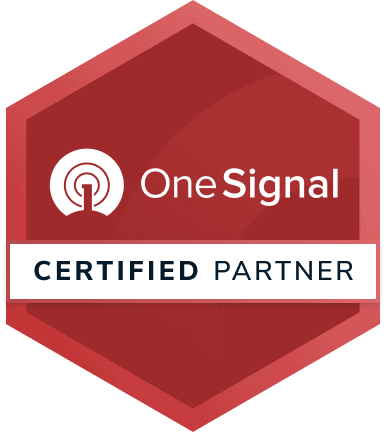How To Do Effective Content Marketing (Best Practices) – App Growth Blog Series (Part 3)
We’re continuing our discussion on organic channels available to grow your app product through user acquisition. So far we’ve discussed how to use ASO to acquire new users, ways to leverage social media to create a relationship and now we’ll talk about the third popular organic channel: content marketing.
You’re probably aware by now that growing your app requires one main thing: standing out. We’ve been addressing several ways to do this, and content marketing is another essential component of this process.
But why exactly do you need content for an app?
For one, you need it for ASO. If you’re familiar with how content is a crucial piece of the SEO puzzle to drive traffic to websites, it works very much the same way for ASO to drive users to your app. In the app stores, content is limited to titles and descriptions. These are fundamental, but you need to take advantage of online assets – like blogs and website landing pages – to build awareness of your app and lead people to your app download page.
Also, over 85% of B2C marketers include content in their marketing strategy and 72% of marketers said that having a good content strategy was a major key to their success in 2018. This means that your competition more than likely is in the content marketing game, so you should be too!
As you embark on your content marketing journey, here are 5 best practices to keep in mind:
1. Know your audience and build a relationship
This best practice tip is one you’ve seen in many different areas of marketing. It’s because it’s that important! You can’t connect with anyone through content topic selection and social media posts if you don’t know who they are and what they want/need.
When you were developing your app, you hopefully developed your buyer personas as was recommended in our App Pre-launch series. If so, brainstorm ideas and topics that these personas will find most interesting and useful. Use a tone and approach that both reflects your brand and resonates best with your target.
If you haven’t, you’ll need to get to know your user base, stat! You must answer essential questions like, How old are they? Where are they located? What are their other interests? What brands do they like? What do they value most? How does your app address their needs or pain points?
Let’s take a look at a content example by a popular app that’s got content marketing nailed down. Calm is currently the #1 sleep and meditation app on the market for good reason – they do a lot of things right! Including content.

Calm knows that the interests of its user base include healthy living, overall well-being, mindfulness techniques and self-improvement. This blog post on their website talks about exactly what its target user is interested in: reducing stress for improving health. Naturally incorporated into the article is a brief mention of how Calm plays a role in achieving this goal but is definitely not the focus of the article. Their blog section includes other relevant content like new classes or offerings, meditation recommendations and latest trends and news in the health space.
2. Create awesome content – and plenty of it
This may seem obvious, but to build awareness and to connect, quality content has to actually be created! Content comes in many forms: blogs, social media posts, white papers, emails, case studies, newsletters and videos.
The most common are blog and social media posts, but don’t limit yourself to these if you have the potential to reach users through other means. For an industry-specific app, creating a white paper or e-book may provide the opportunity to connect to your user base and provide them with something of value – leading to a positive impression of your brand, sharing with their network and, ultimately, increasing app downloads.
The more relevant touchpoints you have with your audience, the better your app growth will be. But this also means having a lot of content available that’s tailored to that specific medium.
Whatever strategy you decide best fits the needs of your app and user base, make sure that the content you create relates in a clear, useful way to what your app offers. The path from taking in your content to clicking on your proposed CTA should be a natural, seamless one for the user.
Important! Do NOT use content marketing to sell. Address what your target wants to know…not what YOU want them to know about your product! A call to action at the end is ok, but the content should not seem “sales-y” or you will turn off your audience.
3. Be consistent
Remember that there is a ton of competition and “noise” out there, so your target user may not hear you the first time you try to connect. You need to stick with it and keep communicating. The only way to do this successfully is by constantly providing content in a regular and timely manner. Content marketing is an endurance sport – you need to be in it for the long haul!
But being consistent – which translates into a lot of content creation – isn’t easy to do. Be sure to have a plan and carve out the time for it. Whether it’s you, a designated content team member or an outside resource that’s producing the work – make sure it keeps on coming.
4. Actively distribute your available content
There’s no real point in allocating resources to creating amazing content if you’re not putting it out there for the right people to find!
The most popular way to distribute content is through social media. You’ve probably seen blog posts and articles on your own social media channels, so you know that this is common. Customer interaction with brands is most prevalent on Instagram, Facebook and Snapchat but other platforms like LinkedIn and Pinterest can be effective too. As you post your content across channels, make sure to include a clear CTA to download the app or to click through to a web page.
Here’s a great example of a blog post shared on MyFitnessPal’s Facebook page:

Other ways to distribute your content is by establishing yourself as a leader in your category by answering questions on platforms like Quora that link back to your content. You can also explore paying to promote a post.
5. Measure and test
Just like with all things app-based, you need to measure results, tweak to optimize and test further. You should test out things like different titles and visuals. You may find that certain styles of headlines or formatting perform better than others. Or you may find that one content type produces the most impressions while another type yields a higher conversion rate. Besides just creating and distributing content, make sure you know how it’s doing and keep optimizing!
We have a lot more to share regarding user acquisition, so stay tuned as our App Growth blog post series continues.
If you’d like a free one-stop resource to all of our App Growth tips right now, download our “How To Grow Your App” e-book here!
Related Articles
For Wellness apps, the most challenging approach is the conversion of the user from passive to active. [...]
In the realm of App Store Optimization (ASO) for iOS applications, a relatively untapped yet highly effective strategy [...]
In today's competitive app market, it's crucial for app developers and marketers to reach a wider audience and [...]










